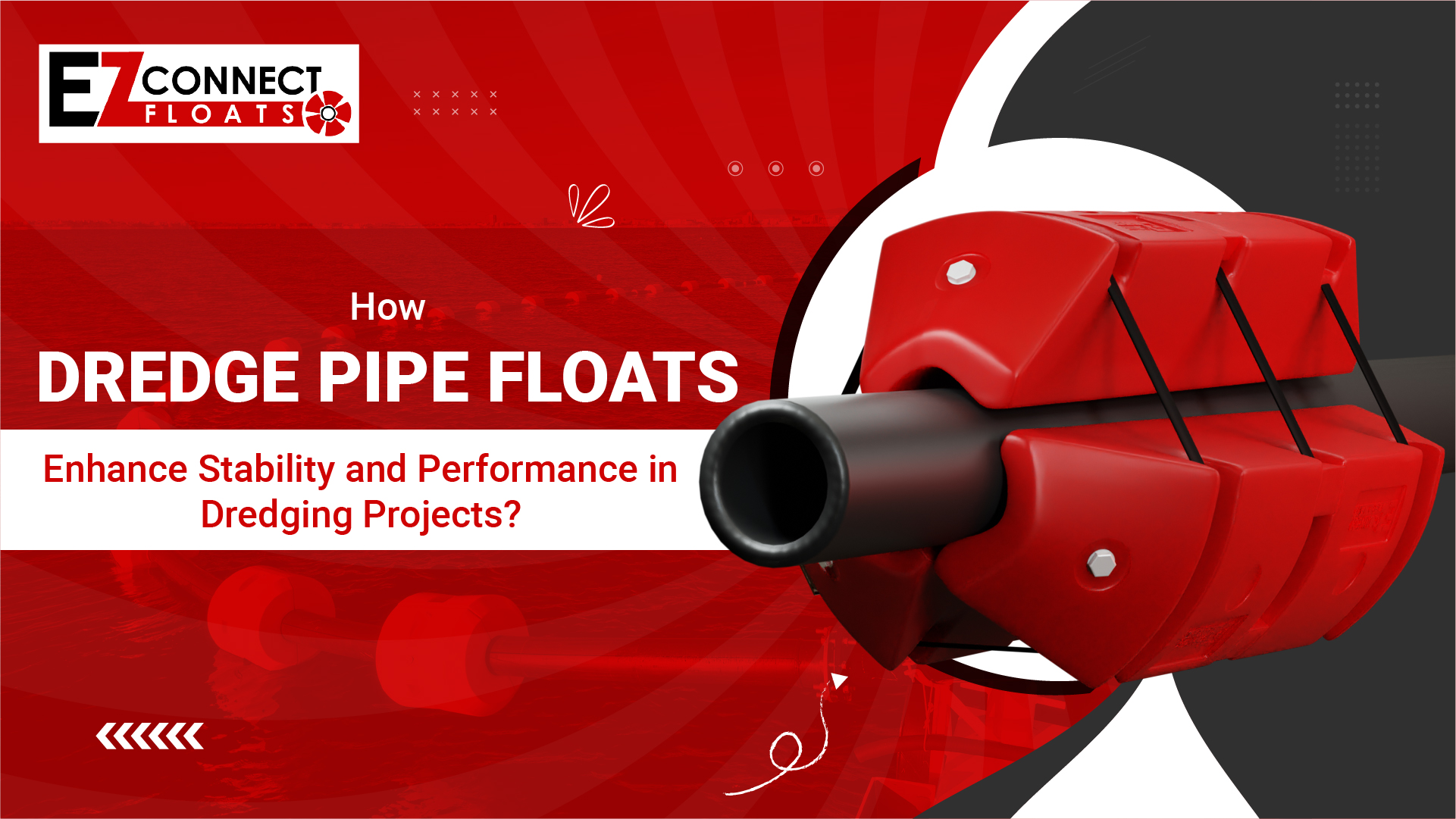
Dredge Pipe Floats For Boosting Stability & Performance
Dredging is a crucial activity in maintaining and improving waterways, ports, and harbors. It involves the removal of sediments and debris from the bottom of water bodies to ensure navigability and protect aquatic ecosystems. A key component of successful dredging operations is the effective management of dredge pipes, which transport the dredged material. This is where dredge pipe floats come into play. These specialized devices, also known as dredging pipe floats, play a vital role in enhancing the stability and performance of dredging projects. In this article, we’ll explore how it improves dredging efficiency and strength, the benefits they offer, and how to choose the right floats for your project.
1. Understanding Dredge Pipe Floats
Dredge pipe floats are buoyant devices attached to dredge pipes to keep them afloat while in operation. They prevent the pipes from sinking, ensuring that they remain positioned correctly during dredging. Dredge pipe floats come in various shapes and sizes, designed to accommodate different types of dredging equipment. Historically, they have evolved from simple buoyancy aids to advanced, engineered solutions that offer enhanced stability and performance.
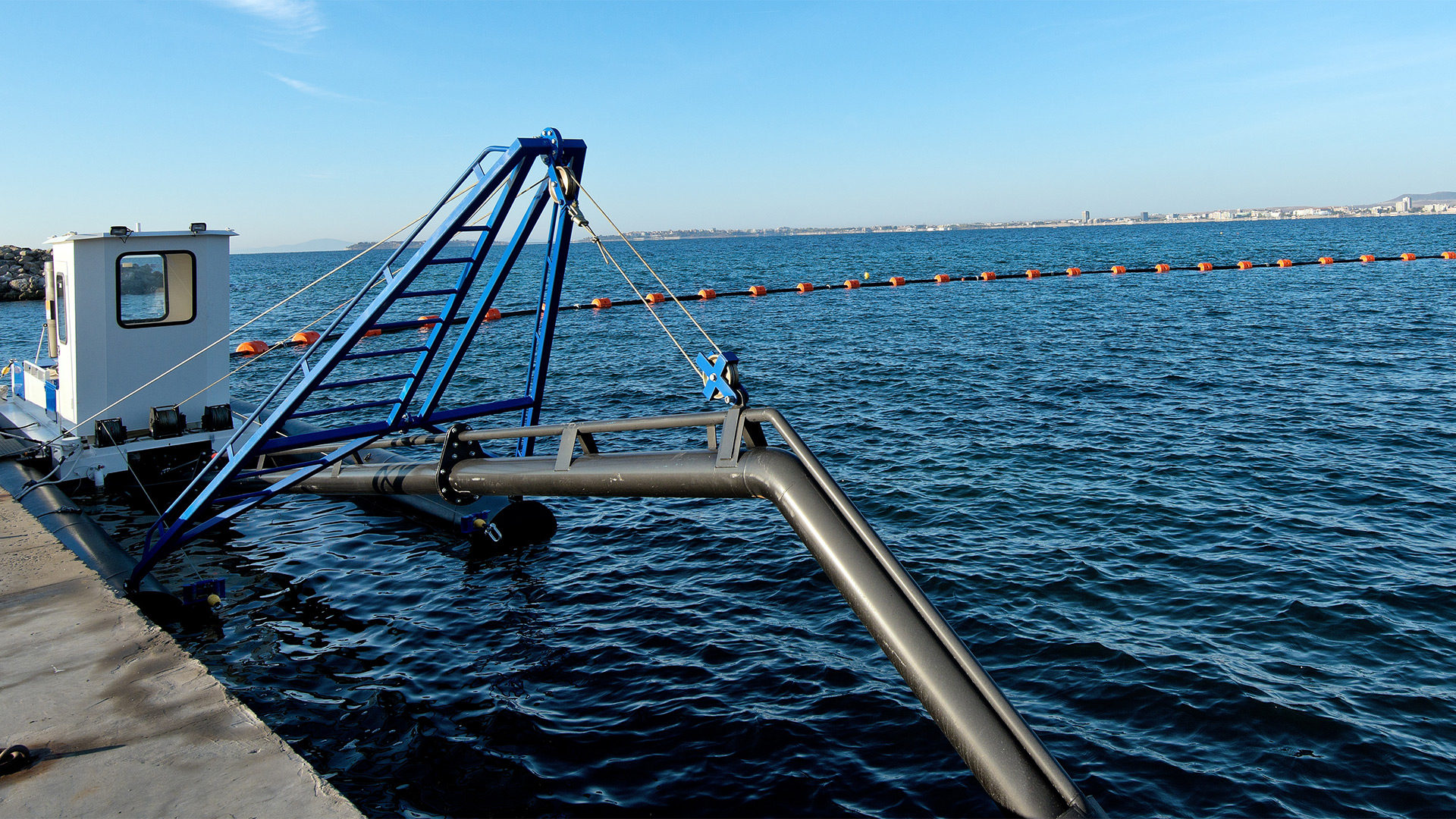
2. The Importance of Stability in Dredging Projects
Stability is a critical factor in dredging operations. Unstable dredge pipes can lead to several issues, including inefficient dredging, increased wear and tear on equipment, and potential safety hazards. When dredge pipes are not stable, they may shift or sink, disrupting the dredging process and potentially causing damage to the surrounding environment. Maintaining stability ensures that the dredge pipes remain in the optimal position, allowing for continuous and efficient material removal. This stability is essential not only for operational efficiency but also for the safety of personnel and equipment.
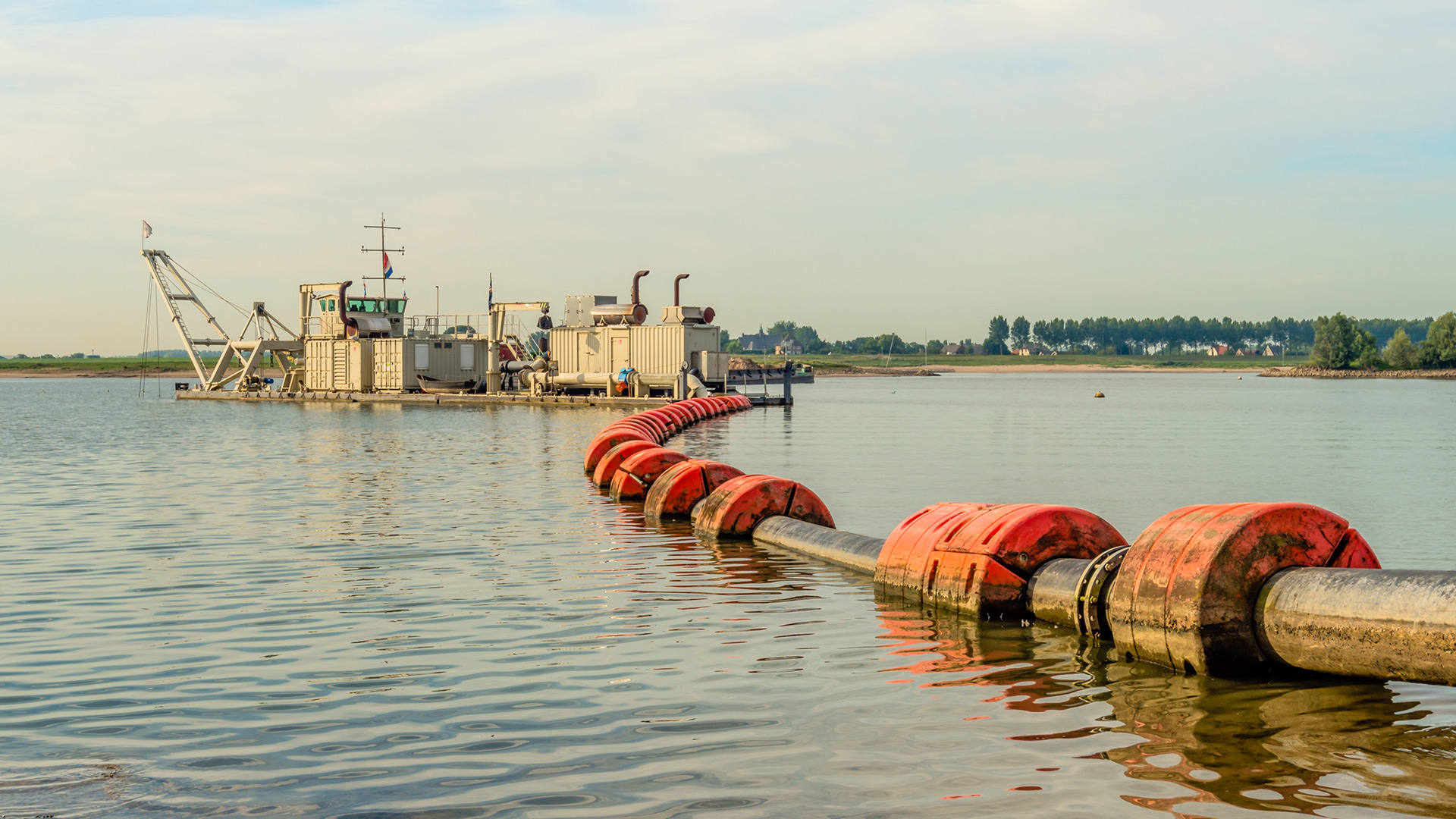
3. How It Enhances Stability
It enhances stability through its buoyant properties. By providing additional support to the dredge pipes, these floats keep them at the desired depth and prevent them from tilting or sinking. This stability is achieved through various mechanisms:
- Buoyancy Control: It is designed to provide precise buoyancy, counteracting the weight of the dredge pipes and any attached equipment.
- Even Weight Distribution: The floats distribute the pipes’ weight evenly, reducing the risk of tipping or uneven stress on the pipes.
- Reduction of Vibration: Stabilizing the pipes minimizes vibrations that could otherwise lead to equipment wear or operational disruptions.
A floating dredge pipe system equipped with high power maintains a consistent position and alignment, which is crucial for achieving optimal dredging results. Case studies have shown that projects utilizing advanced experience fewer disruptions and more efficient dredging operations.
4. Performance Benefits
The benefits of using it extend beyond mere stability. They significantly impact the overall performance of dredging projects:
- Increased Efficiency: It helps maintain the optimal depth and position of dredge pipes, leading to more efficient material removal and reduced operational time.
- Reduced Downtime: It reduces downtime and increases productivity by minimizing the risk of equipment failure and operational issues.
- Cost Savings: While it requires an initial investment, the long-term cost savings are substantial due to reduced maintenance needs and improved efficiency.
A cost-benefit analysis reveals that its use can lead to substantial savings by preventing delays and minimizing repair costs associated with unstable dredge pipes.
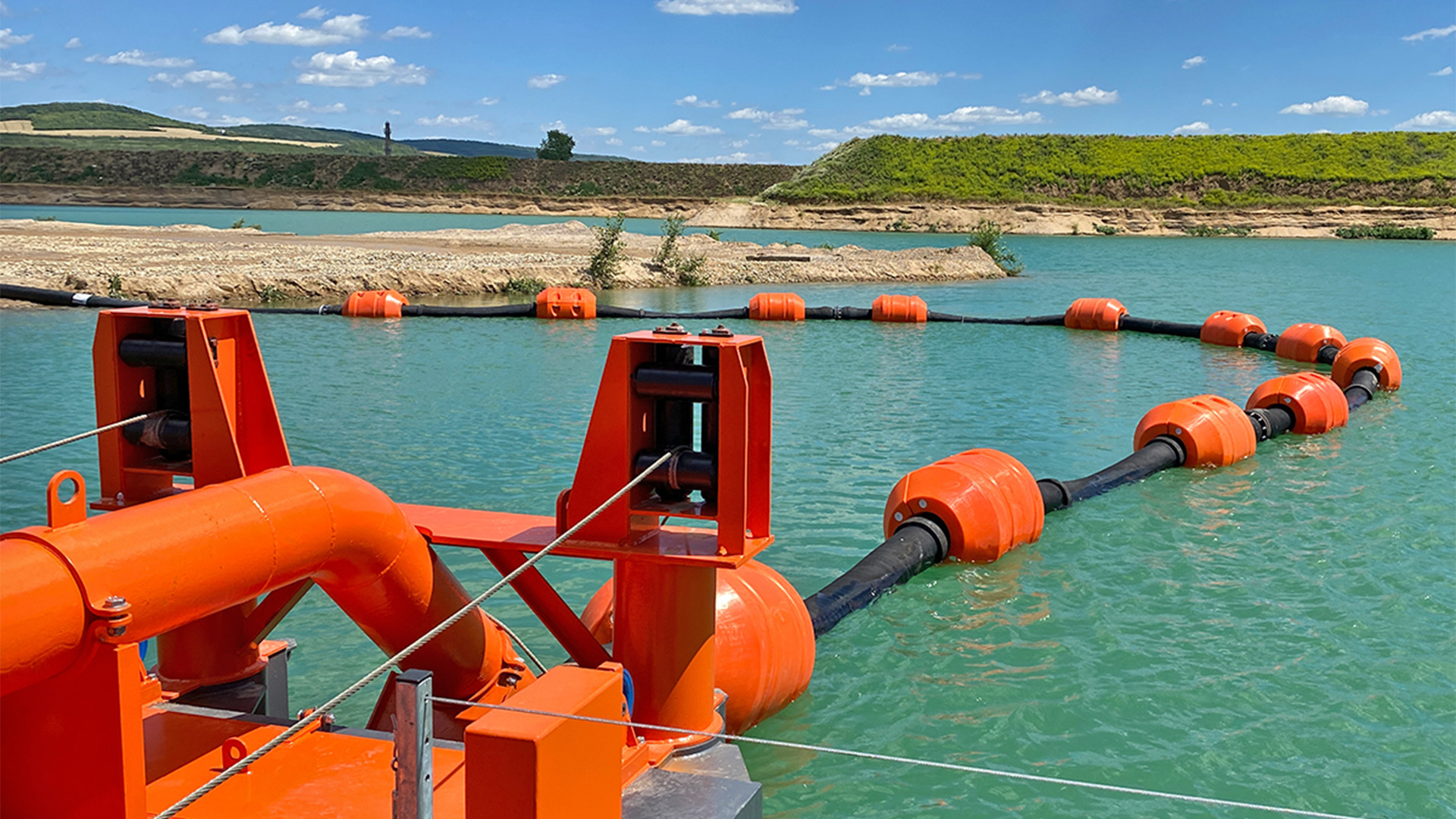
5. Key Features
When selecting it, several features should be considered to ensure optimal performance:
- Materials and Construction: High-quality floats are made from durable materials that can withstand harsh environmental conditions, such as UV exposure, saltwater, and impact.
- Buoyancy and Load Capacity: Floats should provide sufficient buoyancy to support the weight of the dredge pipes and any additional equipment. The load capacity should match the specific requirements of the dredging project.
- Durability: Longevity is crucial. Floats should be resistant to wear and tear, ensuring reliable performance over time.
Investing in high-quality ensures that they can handle the demands of the project and provide consistent performance.
6. Choosing the Right Floating Dredge Pipe for Your Project
Selecting the appropriate floating dredge pipe involves considering several factors:
- Project Requirements: Assess the specific needs of your dredging project, including the type of dredge pipe, the depth of operation, and the environmental conditions.
- Float Types and Models: Different types and models of dredge pipe floats are available. Choose one that aligns with your project’s requirements and offers the necessary buoyancy and durability.
- Manufacturer Reputation: Opt for floats from reputable manufacturers known for producing reliable and high-quality dredge pipe floats.
Consulting with experts or suppliers can provide valuable insights into selecting the right floats for your project’s needs.
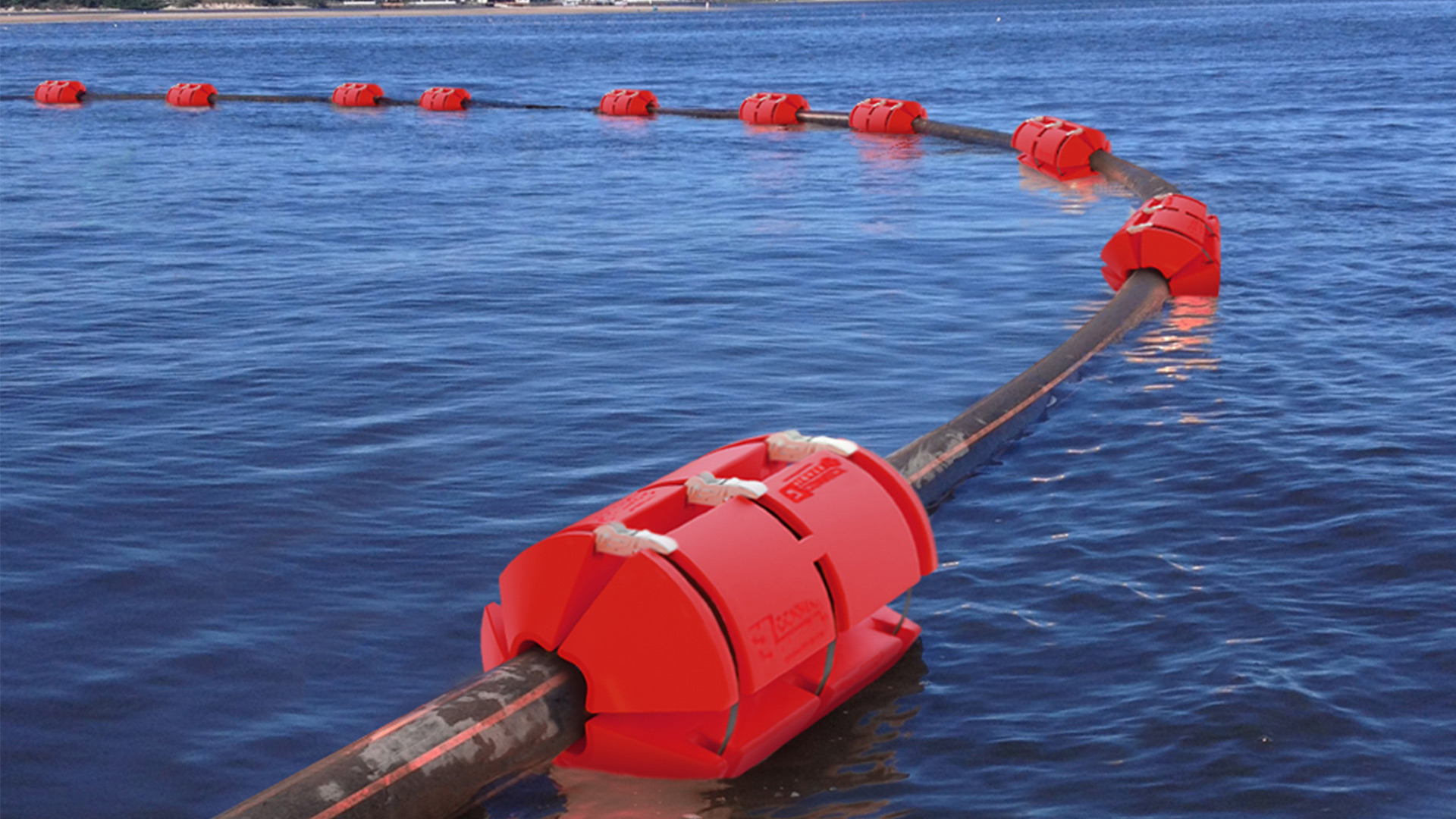
7. Maintenance and Care
Proper maintenance is essential for ensuring longevity and performance.
- Regular Inspections: Periodically inspect floats for signs of damage, wear, or deterioration. Address any issues promptly to prevent further damage.
- Cleaning: Clean the floats regularly to remove debris and contaminants that could affect their performance.
- Repairs: Perform any necessary repairs or replacements to keep the floats in good working condition.
Following these maintenance practices helps extend the lifespan and ensures continued effectiveness.
8. Future Trends
The future of it is promising, with ongoing innovations and technological advancements:
- Smart Technology: Integration of sensors and monitoring systems for real-time data on float performance and dredge pipe stability.
- Advanced Materials: Development of new materials with improved durability and environmental resistance.
- Enhanced Designs: Innovations in float design for better buoyancy control and load distribution.
These trends are expected further to enhance the efficiency and effectiveness of dredging operations, offering new solutions for future projects.
Conclusion
Dredge pipe floats are indispensable in modern dredging projects, providing crucial support for stability and performance. By keeping dredge pipes afloat and properly aligned, these floats enhance efficiency, reduce downtime, and offer significant cost savings. Choosing high-quality products and maintaining them properly ensures optimal performance and longevity. As technology continues to advance, the future of dredge pipe floats holds exciting possibilities for even greater improvements in dredging operations.
Have Questions?
Get in touch with us now!
Related Blogs
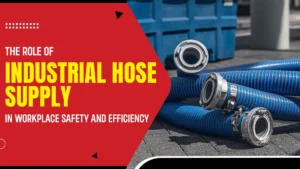
The Role of Industrial Hose Supply in Workplace Safety and Efficiency
In high-stakes industries such as oil and gas, mining, manufacturing, dredging, and defense, industrial hoses serve as vital connectors in daily operations. Whether transferring hazardous
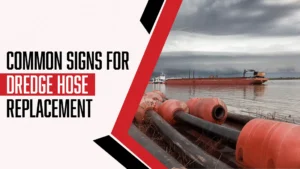
Common Signs For Dredge Hose Replacement
Dredge hose is an essential component in mining, oil and gas, and heavy industries, where it is used to transport materials such as sediment, slurry,

The Role of Automation and AI in Next-Generation Dredging Technology
Dredging technology has undergone a quiet but powerful transformation over the past decade. A purely mechanical process, which included heavy machinery, manual supervision, and reactive
